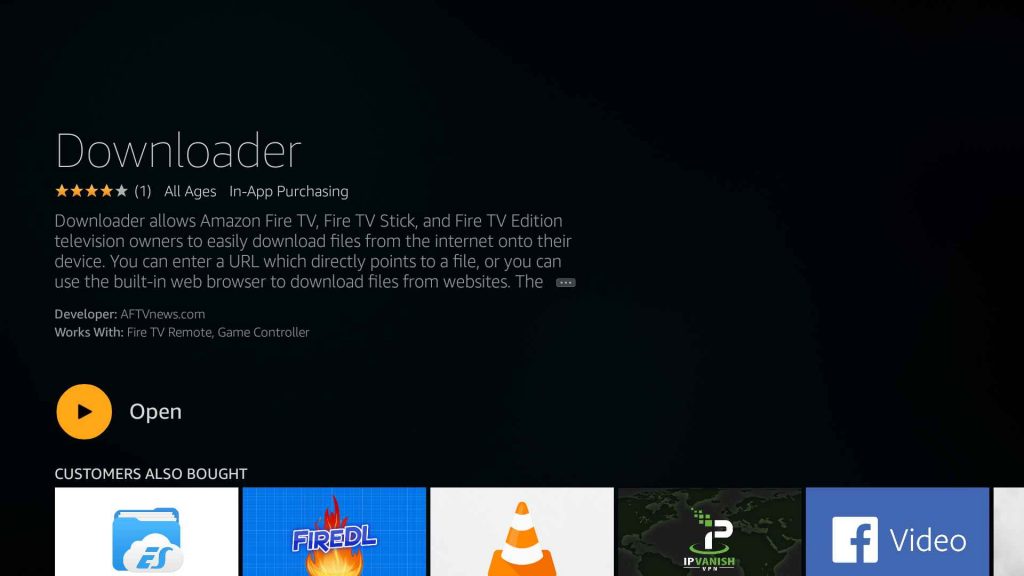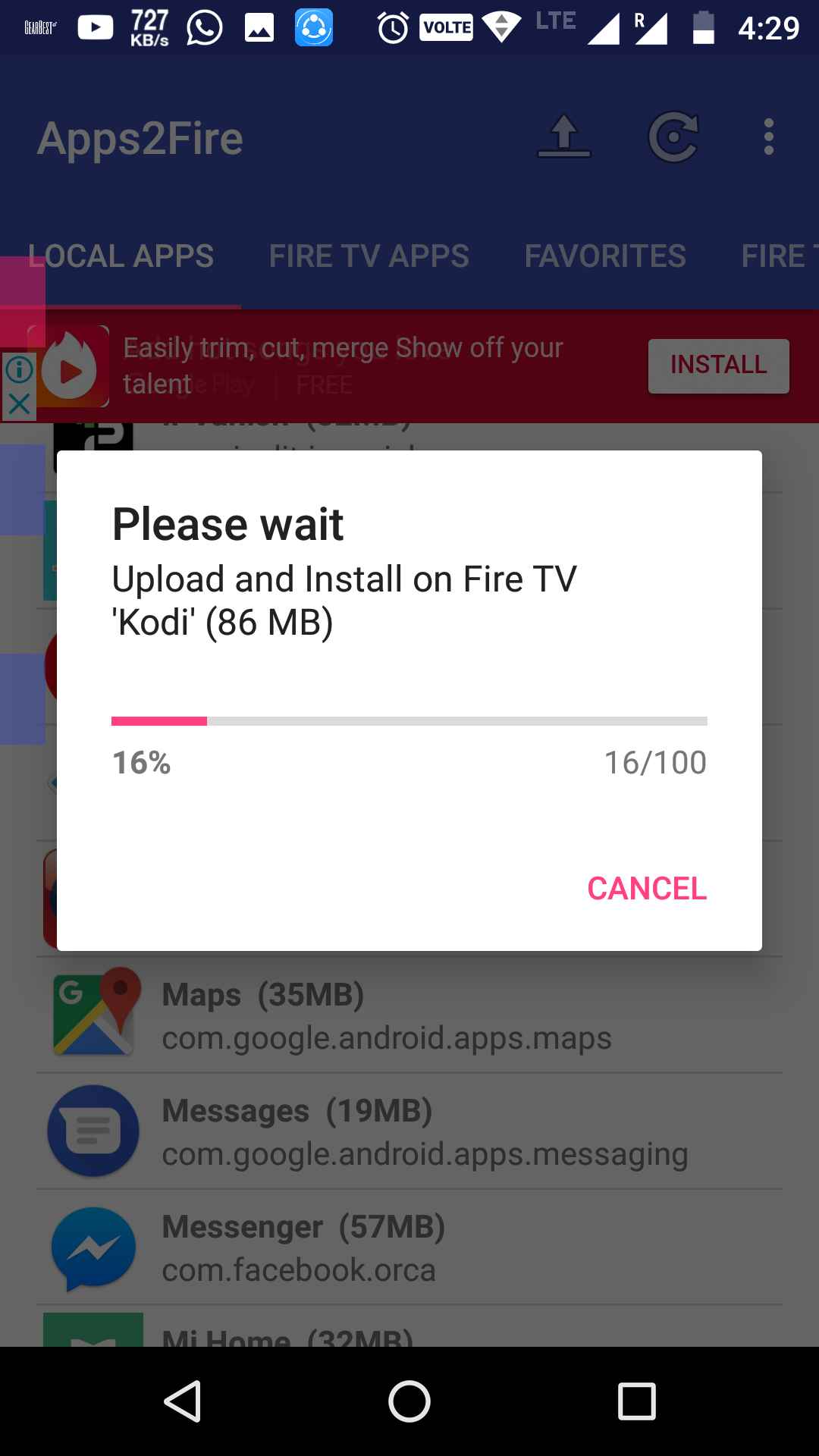


Select OK when installation complete shows.Select Yes when asked if you want to install the zip.Navigate to where you downloaded the Fire Starter APK and select it.

Your device IP should now appear under Connected Devices.Make sure the Current Device is your Fire Stick.Download the latest Fire Starter APK (which is v4.0.0 as of July 10th) to your computer and save to a location you can easily access.Follow that up to the step that says 'In Description give your Fire Stick a name.' If you don't you can follow this guide here. In this guide I am assuming you already have adbLink installed and setup. This makes it easier than having to browse through the menus to find your installed applications. With Fire Starter installed we will set the Fire Stick to launch directly into Kodi (you can skip that step if you don't want to) and also setup the home button on the remote so that one click will launch Kodi and a double click takes you to the Fire Stick home screen. To make: const ws_host_port = ' guide will show you how to setup the Fire Starter app on your Fire Stick. This is on line 662 of puffer.js (you can search for location.hostname) Next, you’ll need to fix the WebSockets so they point to the Puffer server (not your own). Modify it to point to your local file: Fix WebSockets You’ll notice that the line near the end of index.html references player.js. Now, you’ll want to download two JavaScript files to your puffer directory. Next, you can (optionally) remove all the Analytics tracking code. Next, search and replace all of the relative URLs that start with /static/puffer/ with absolute URLs, such as: The easiest way to get started is to view source for this page: view-source: Ĭreate a new folder, puffer, and copy and paste the contents of this page to a new file, index.html. You’ll have to do a tiny bit of re-writing of the existing page to get started.

And, while it may be possible to prevent the default action of these keys now, this may break in future updates and I’ve already seen this behavior change between releases.ĭIY Guide/How It Works Download the web page and run a local development server Not only are these keys missing from many devices, overloading these keys may be confusing for users. I would recommend focusing on the following keys, and ignoring others: Back Button: 27 OK Button: 13 Arrow Left: 37 Arrow Up: 38 Arrow Right: 39 Arrow Down: 40 Rewind: 227 Play/Pause: 179 Fast Forward: 228Īvoid attempting to overload the Voice remote button, Settings/Menu button, Home button, volume controls, and speciality buttons (such as the Netflix and HBO buttons on some physical remotes). Just build a decent web app without a ton of weird absolute/fixed positioning hacks and let Fire OS do the heavy lifting (for now). The Fire TV remote maps to your normal arrow keys, Enter for OK, and Escape for back.Īdditionally, focus-state management is handled automatically for HTML5 apps, and the Chromium browser obeys web history/typical back-button behavior.Īn unhandled press of the back button is equivalent to history.back(). You should be met with a very pleasant surprise: your basic navigation controls are the exact same key codes you would use with any web app and keyboard. Welcome to the wild west of CTV app development. What if I told you most Fire TV apps are simple web pages, running in a modified Chromium runtime (you’re familiar with Google Chrome, right?)?Īmazon even gives you the tools to automatically package any web page or static web app to run on Fire TV.Įven better, Fire OS itself is just a simplified version of Android, there’s no fee to publish an app in the Amazon Appstore, and the very same apps you publish for Fire TV can be published to other Fire OS devices, like the Fire Tablet. So, you would be right to consider that these platforms are difficult to break into.Īnd, as someone who’s spent time in the industry, it’s apparent that the tools available for these devices target industry insiders, not everyday developers.īut what if I told you that one of the largest up-and-coming Connected TV ecosystems was accessible to anyone who can hack together a simple webpage, with HTML5, JavaScript, jQuery, or other simple web technologies? There typically aren’t a lot of open-source projects for platforms like Apple TV (tvOS), or Android TV. Not many people are building TV streaming apps. Photo by Glenn Carstens-Peters on Unsplashĭisclaimer: I have no official relationship with Amazon but I am a developer with experience working on streaming TV apps for another major content provider.


 0 kommentar(er)
0 kommentar(er)
